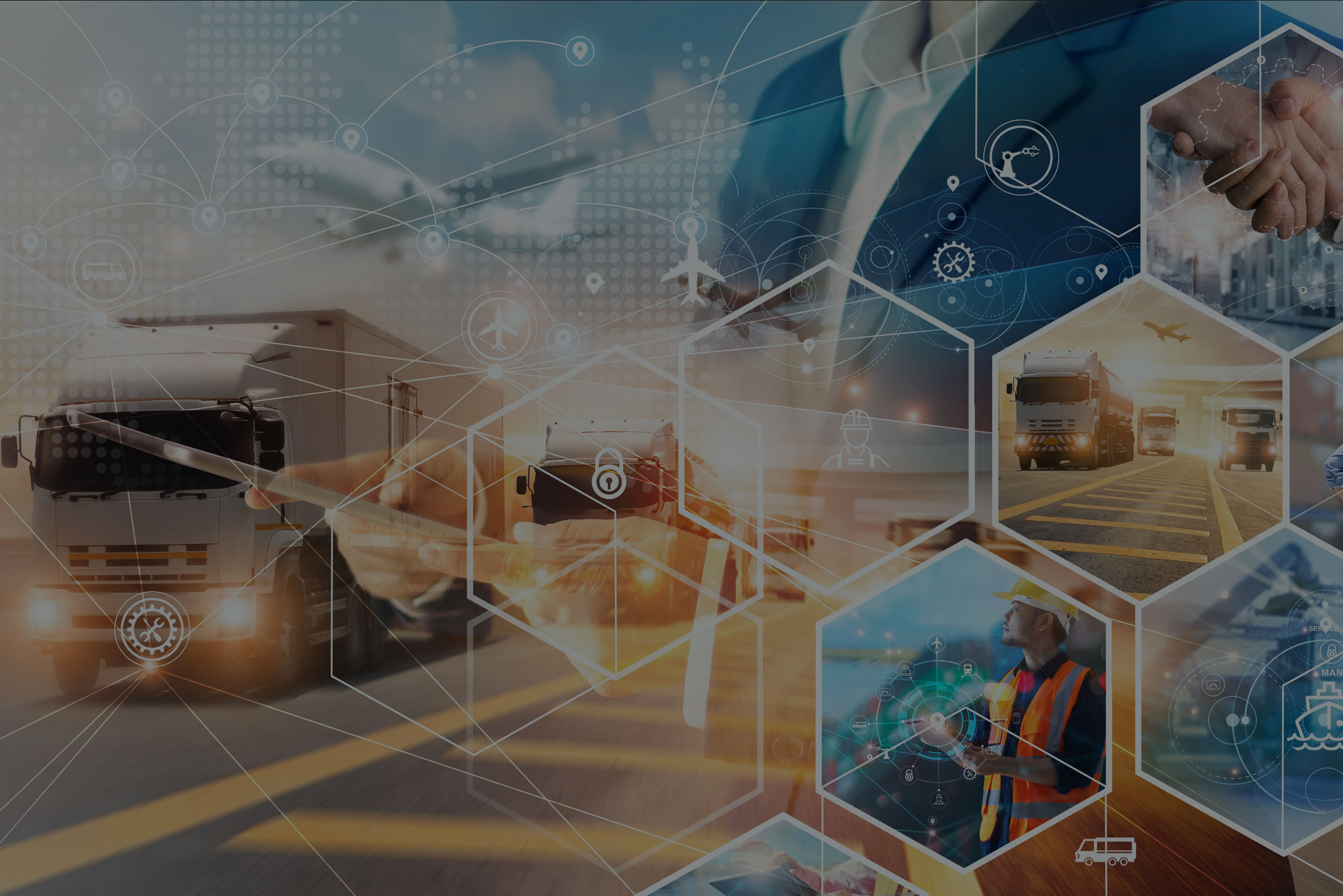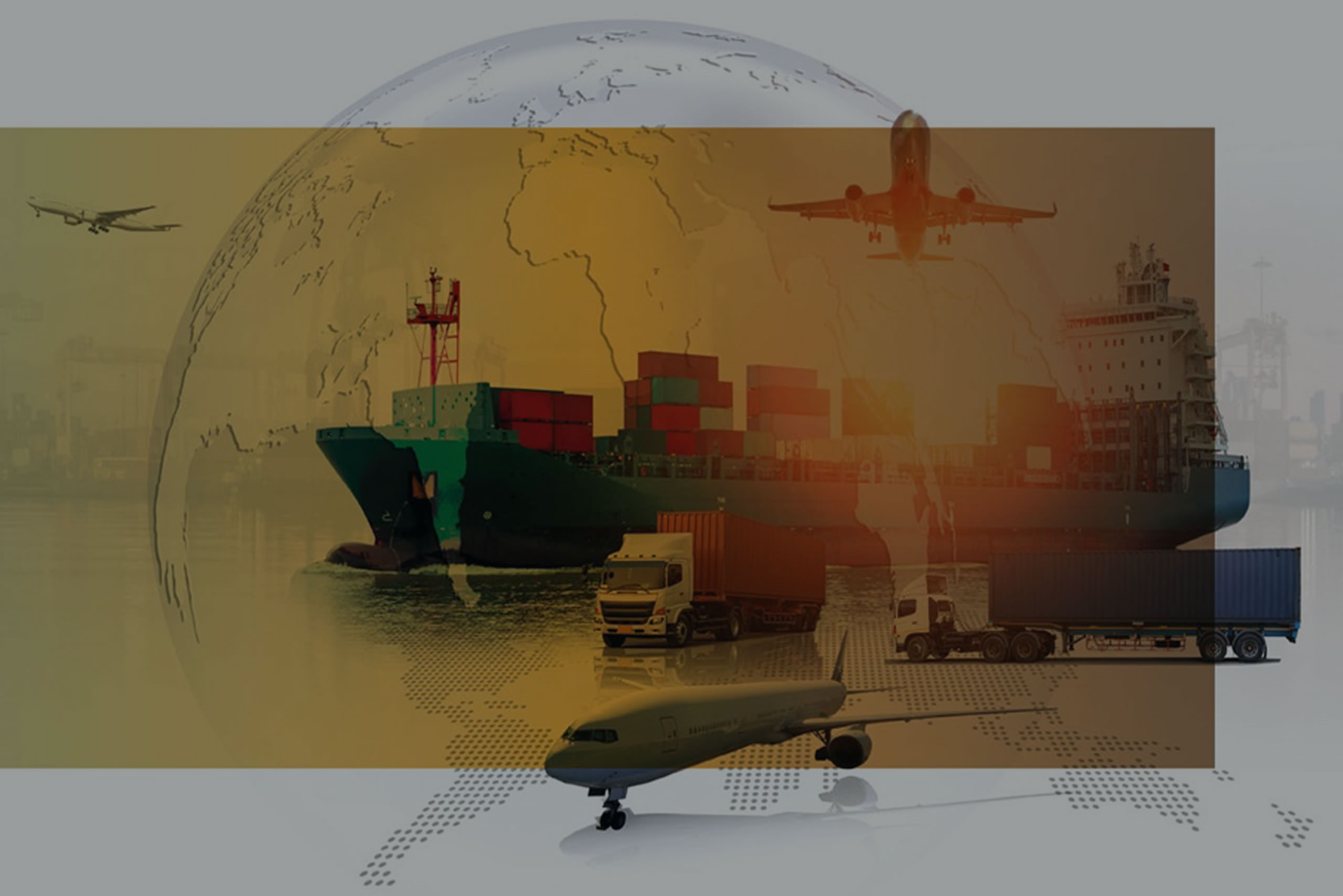We caught up with Karan Sagar, Head, Effective Vaccine Management, Health System & Immunisation Strengthening Unit, to hear about Gavi’s supply chain activities, priorities and challenges.
Why do you think donor collaboration is important?
I believe there are multiple benefits of donor collaboration at both the global and country levels. At the global level, collaboration can help us to set priorities and design and promote policies and guidelines. Having a forum for donor collaboration can lead to synergies and avoid duplication, whether thematic or related to funding.
 Collaboration can also lead to powerful advocacy too, both within our organisations and with countries themselves. It gives us an opportunity to share lessons and synthesise best practices, even from failures. We often work in siloes but being aware of the work of other organisations provides an opportunity to avoid duplication and pool both technical and financial resources leading to effective and efficient programmes.
Collaboration can also lead to powerful advocacy too, both within our organisations and with countries themselves. It gives us an opportunity to share lessons and synthesise best practices, even from failures. We often work in siloes but being aware of the work of other organisations provides an opportunity to avoid duplication and pool both technical and financial resources leading to effective and efficient programmes.
Countries also benefit from our collaborating because if you align priorities you can then communicate with countries with unified messaging and avoid conflicting information.
Can you describe one recent notable supply chain success your organisation has had?
For a start, Gavi supplies almost USD 1 billion to countries every year and through levers like health system strengthening funding and technical assistance we have been working with counties to strengthen supply chains. This improvement is visible through periodic assessments of immunisation supply chains known as effective vaccine management (EVM) assessments. Over the last strategic period, from 2016-2020, we have been able to improve average composite EVM scores from 65 to 71% in Gavi countries. A lot of progress has been made in areas in which Gavi has invested, such as storage capacity, infrastructure and capacity building, and we see over 25% of these investments are going to strengthening supply chains.
We’ve made a real push to replace outdated cold chain equipment through the cold chain equipment optimisation platform (CCOP). And though this we’ve had some notable successes including the procurement of over 65,000 new pieces of equipment in the 52 eligible Gavi countries. In many cases we’ve been able to introduce better equipment that is easy to use and maintain.
To receive COVID-19 vaccines many countries needed to upgrade their cold chain capacity; Gavi is helping to do this, enhancing country vaccine capacity to accommodate these vaccines.
Which new area of work do you think the ISG should focus on?
The ISG can play the role of an anchor, bringing together knowledge and information, including technical guidelines, and sharing strategic investment ideas. It’s the ISG’s role – as I see it – to seek inputs from others.
We see the ISG as a one-stop shop to showcase what organisations are doing. It would be helpful to not have to go to each organisation’s website to find materials or information, and instead find everything on the ISG site.
Lastly, the ISG should make the most of its powerful advocacy voice; coming up with solutions can give us all ideas to take it back to our organisations.
How do you think the ISG can benefit your organisation?
The broader discussions around topics such as system optimisation and the use of data can be incredibly insightful given the work the ISG members have done in these areas. And, any guidelines that are produced can be adapted to the Gavi context. Sub-groups, like the UAS group, are also beneficial to gather opinions on thematic areas.
The ISG also offers us an audience to present our new strategy to, and, importantly, receive feedback.
What can you offer the ISG?
Gavi has great immunisation supply chain experience and we’re able to share lessons on effective vaccine management assessments and how to assess supply chains. The alliance develops a lot of guidance that would be of interest to the ISG. For example, we recently worked with UNICEF’s Supply Division and Program Division to produce guidance on how supply chains should adapt to reach equity goals.
And we’ve been developing a catalogue of global goods for immunisation supply chains that will soon be available.
What are your organisation’s supply chain priorities and challenges for 2021?
COVAX rollout is clearly a priority; a lack of cold chain equipment should not be an impediment to countries receiving vaccines.
We’re also bringing in technical partners to work with countries on their supply chains and are looking to expand our partner base to include agencies that can support supply chain work to reach the zero dose communities. Additionally, we’re looking to build a community of practice to garner global, regional and country representation that can work seamlessly on challenges and bottlenecks to make sure countries have the resources to implement plans.
What activities do you have coming up?
We’ve updated our supply chain strategy and are considering how to implement it so that countries look at supply chain efficiency holistically, considering aspects such as data visibility and use; strategic planning; system optimisation and segmentation; fundamental infrastructure; smart integration and harmonisation; and capacity building and professionalisation. It is, of course, equally important for supply chains to be resilient, so this will be our key focus over the next strategic period.
Leaving no one behind with immunisation is Gavi’s mantra and we’re making sure our strategy has the same vision, as supply chains are key to this.


